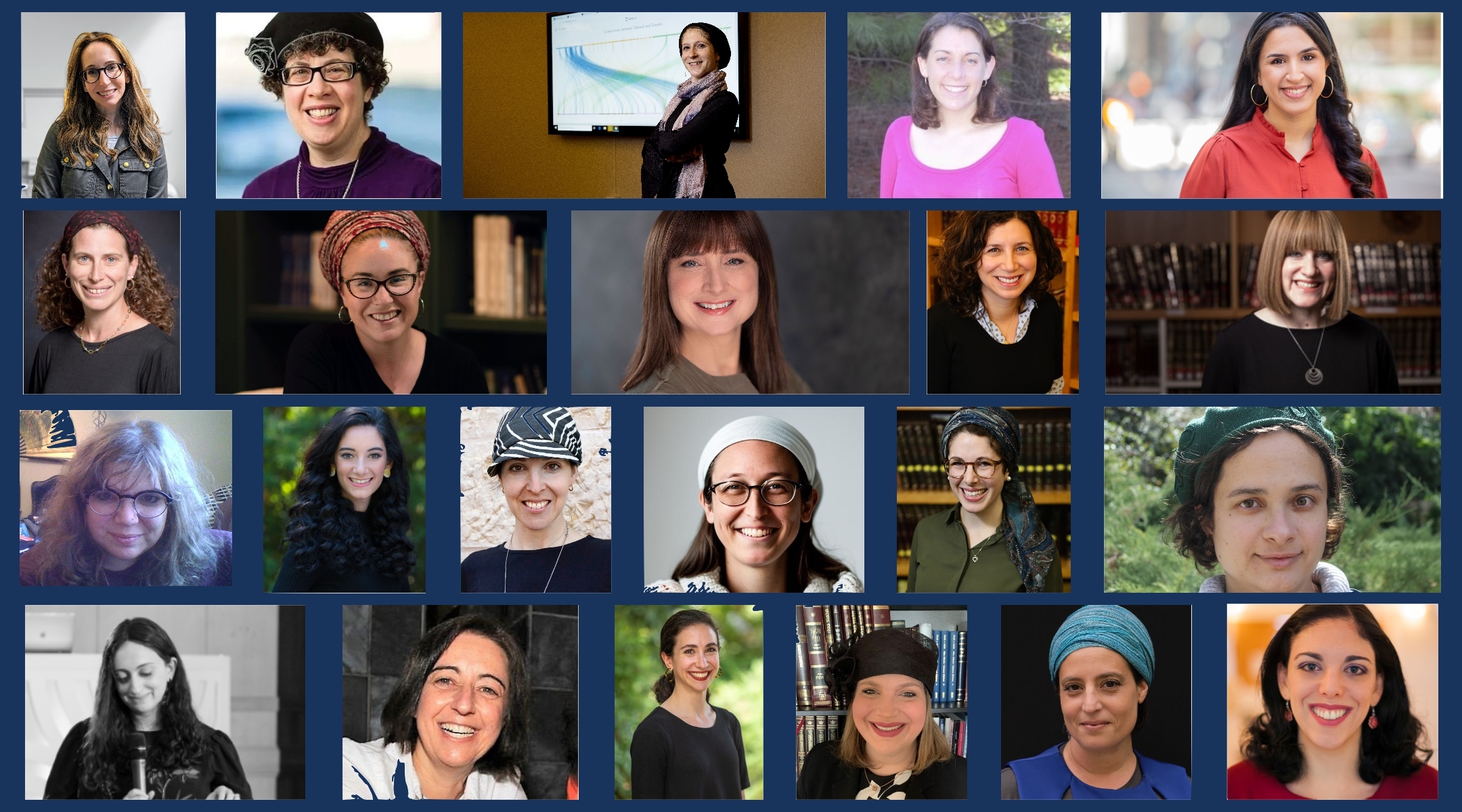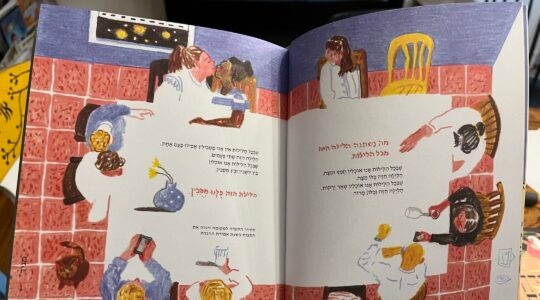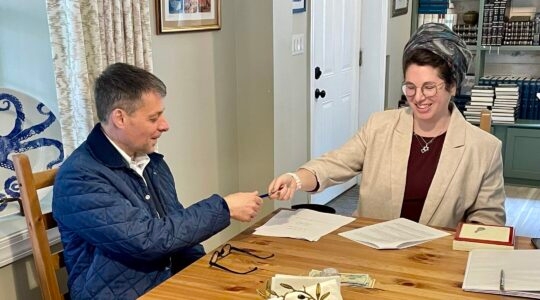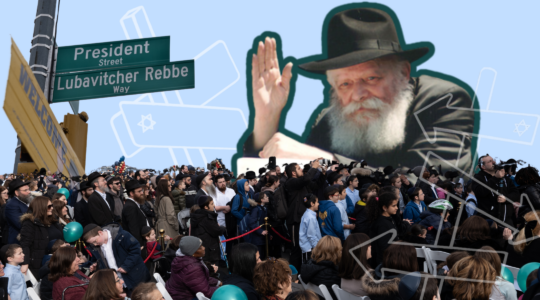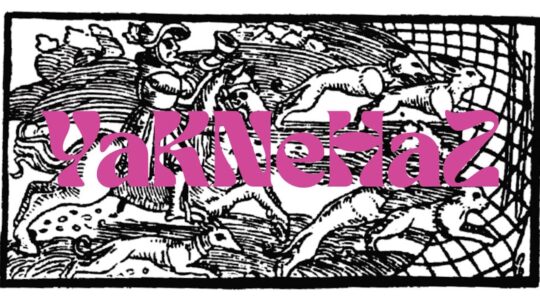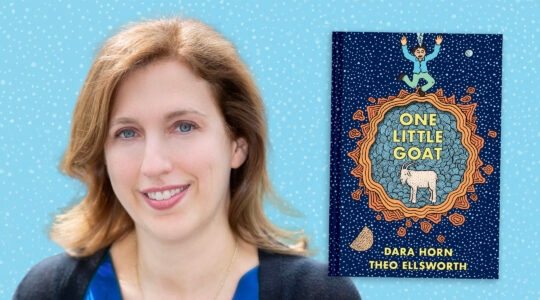(JTA) — Sefaria, the app that contains a digital collection of Jewish texts, has made everything from Genesis to an essay on Jewish law and gambling accessible at the tap of a finger.
But in one way, it’s the same as nearly every other Jewish library in history: Almost all the texts, from ancient times to the present, are written by men.
Now, Sefaria is hoping to chip away at that gender disparity by organizing and supporting a group of 20 women Torah scholars who are writing new books on Jewish texts.
“It’s relatively recent in the history of the Jewish people that women have had access to as full a Jewish education as men,” Sara Wolkenfeld, chief learning officer at Sefaria, told the Jewish Telegraphic Agency. “And so it’s even more recent that women are able to create those works.”
She added, “When I spoke to women about this, I discovered more and more that there were amazing women teaching Torah and many fewer women who were being encouraged to write books of Torah and really have the scaffolding in place to do that.”
The participants in the new program, called Word-by-Word, range from ordained clergy to academics and teachers. They have expertise in subjects ranging from early modern Jewish studies to Jewish thought and Talmud. Most of them are affiliated with Orthodox institutions or received Orthodox ordination. There are no non-Orthodox rabbis on the list.
Non-Orthodox women have been receiving rabbinic ordination for more than half a century, and recent decades have seen the proliferation of advanced Orthodox Jewish educational institutions geared toward women. In recent years, a growing number of Orthodox women have received ordination as clergy as well.
Word-by-Word aims to parlay their expertise into texts about topics such as Sephardic women’s halacha and rabbinic literature, villains of the Torah, and environmental ethics. Many but not all of the planned books will cover women’s issues: Rabbanit Leah Sarna aims to produce a pregnancy and childbirth guide for observant Jewish women and Gila Fine in Israel will explore the six women named in the Babylonian Talmud, for example, while Adina Blaustein in Ohio will produce a book rooted in the weekly Torah portion.
The program will provide the selected scholars with a support system that will help them put their knowledge down on paper — and, crucially, will pay them to do so. Cohort members will receive $6,000 per year for three years to support their work and will also get professional coaching, peer mentoring and networking opportunities with publishers and authors. The goal is for at least 15 to publish books by the program’s end, in 2026.
Erica Brown, director of the Sacks-Herenstein Center and vice provost for values and leadership at Yeshiva University, is leading the program with Wolkenfeld at Sefaria. (Sefaria’s CEO, Daniel Septimus, is on the board of 70 Faces Media, JTA’s parent organization.)
“Word-by-Word is the program I most needed when I started writing books about 15 years ago,” Brown said in a statement. “I needed help articulating my table of contents, editing myself down, structuring my ideas, writing a proposal, and then connecting to publishers,” she said. “There is a huge difference between knowing how to write and knowing how to publish a book.”
“Writing can also be lonely,” she added. “But it doesn’t have to be. With Word-by-Word, we’ll be creating a new Jewish sisterhood.”
The program builds on a sisterhood that has been growing for some time — of Orthodox women engaged in leading Jewish communities. Many of the cohort’s members are themselves graduates of, or teach at, Orthodox women’s educational institutions. At least seven of the 20 have spent time at Yeshivat Maharat, a liberal Orthodox institution that ordains women clergy. Others are affiliated with Orthodox campuses such as Yeshiva University in New York City or Bar-Ilan University outside of Tel Aviv, or Orthodox high schools or synagogues.
At least six of the cohort members are PhDs whose academic work mostly focuses on Jewish texts. Others are senior educators or hold prominent positions at Jewish educational institutions or nonprofits ranging from the Pardes Institute of Jewish Studies to the Shalom Hartman Institute of North America.
The funders of Word-by-Word include three foundations that have supported Orthodox women’s learning and advancement: Micah Philanthropies, which allocated nearly a quarter of its grant money from 2021-2022 to Orthodox women’s leadership; the Walder Foundation, which has given grants to projects focused on Orthodox women’s education and leadership; and the Arev Fund, which has provided funding to Yeshivat Maharat, the educational center Nishmat, and other organizations geared toward Orthodox women.
Word-by-Word was open to women of all denominations and its organizers aimed for their advertising to reach a broad Jewish audience. But Wolkenfeld estimates that somewhere between 50% and 75% of the 122 women who applied were, judging from the applicants’ resumes, “plausibly Orthodox.” She also said the cohort’s denominational breakdown may have been a result of the program call for projects that closely analyzed Jewish texts.
“We got a lot of applications that were not actually close analysis of Jewish texts, but rather more, like, writing about themes in Jewish texts,” Wolkenfeld said. “To have a fellowship that was even more diverse, we probably would have needed to have different criteria.”
A predecessor to Word-by-Word launched in 2021, when Sefaria and Yeshivat Maharat partnered to create a writing fellowship for Jewish women scholars. Participants received training and, at the program’s conclusion, each presented a 3,000-word piece at a virtual event. The 14 scholars and rabbis who participated in that program included graduates of Orthodox, Conservative and transdenominational rabbinical schools.
Pamela Barmash, a Conservative rabbi and a professor of Hebrew Bible at Washington University in St. Louis, who is not involved in Word-by-Word, said the absence of non-Orthodox rabbis means “the full orchestra of voices that make up the Jewish community is not there.”
“We only see part of the colors in the spectrum,” she said. “We only see pieces of the Jewish world and we’re missing much of the vitality and creativity and initiative that is found in the rest of the Jewish world.”
Wolkenfeld is an alumna of several Jewish educational institutions and said she feels the increasing gender diversity she sees in institutions of Torah learning has been a boon. Soon, she hopes, some of the women she has studied with will see their names on those institutions’ bookshelves.
“As opposed to where we were, let’s say, 20 years ago,” she said, “I think we now have had the chance to start reaping the benefits of what happens when you have both men and women involved in learning Torah and teaching Torah and disseminating Torah.”
JTA has documented Jewish history in real-time for over a century. Keep our journalism strong by joining us in supporting independent, award-winning reporting.
